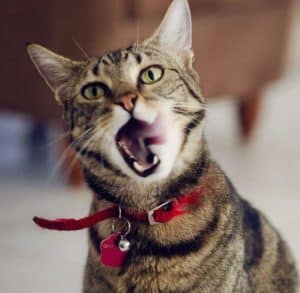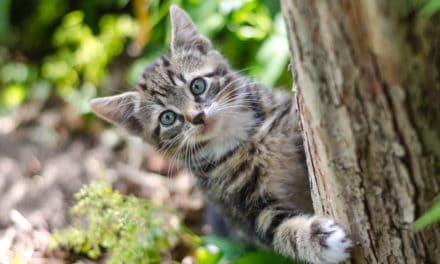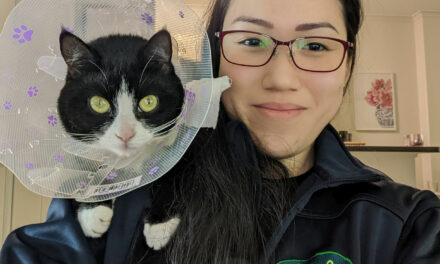Ways to manage sneezing, snoring and snuffly cats

Buddy. Photo: Susan Papazian
Nose problems can be serious for our feline friends and can lead to long-term illness and a shortened lifespan. There are ways to manage sneezing, snoring and snuffly cats depending on the causes.
Common causes of sneezing, snoring and snuffly cats and treatment options were discussed by feline medicine specialist Dr Marcus Gunew, at the Australian Veterinary Association’s (AVA) feline conference.
“Problems become obvious when a cat starts producing nasal discharge or with the sudden onset of snoring, gasping or sneezing.
“Causes can be something as simple as a foreign body that requires removal, such as pebble, to something much more serious like an underlying infectious disease such as feline herpesvirus,” he said.
“Other causes include cancerous tumours or benign inflammatory polyps in the nasal cavity, narrowing of the nasal passage and chronic snuffles.”
According to Dr Gunew, in the case of cancerous tumours, radiation therapy is often used but has a relatively poor prognosis. Benign inflammatory polyps are common and will most often be successfully removed, with a course of antibiotics and anti-inflammatories to follow.
For cats with a narrowing nasal passage, the most common management technique is balloon dilation. This is often effective, however long-term sneezing or nasal discharge following the procedure is common.
Sneezing with little or no discharge is usually an indication of the presence of a foreign body in the nasal cavity, such as a pebble, thread or insect legs.
“In my practice, the most common foreign body is a blade of grass which can be easily grasped and removed. Flushing is also often successful, however some will need to be removed endoscopically,” he said.
Another common cause of nasal disease is chronic snuffles. It’s a frustrating condition and most cats are never cured of it; instead the symptoms are managed over the course of a cat’s life.
“Chronic snuffles usually will start with a cat flu. Following this, the cat will continue to sneeze, produce nasal discharge and have difficulty breathing. Surgery is only reserved for the most severe cases and in my experience, cats that respond to antibiotic therapy in two weeks will be cured about half of the time. But more commonly, we see cats are not cured of it and we just try to manage the symptoms,” he said.
-END-






